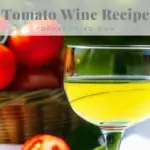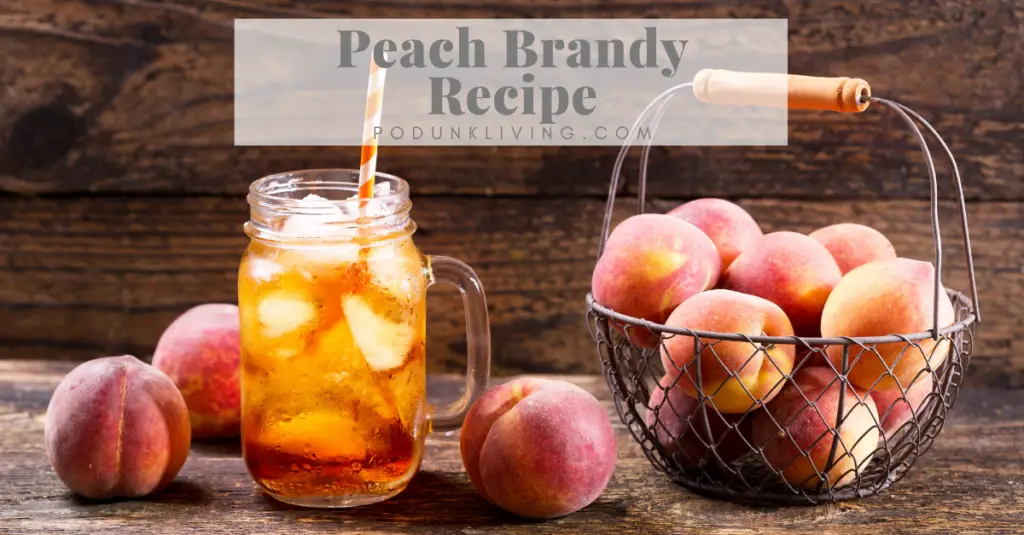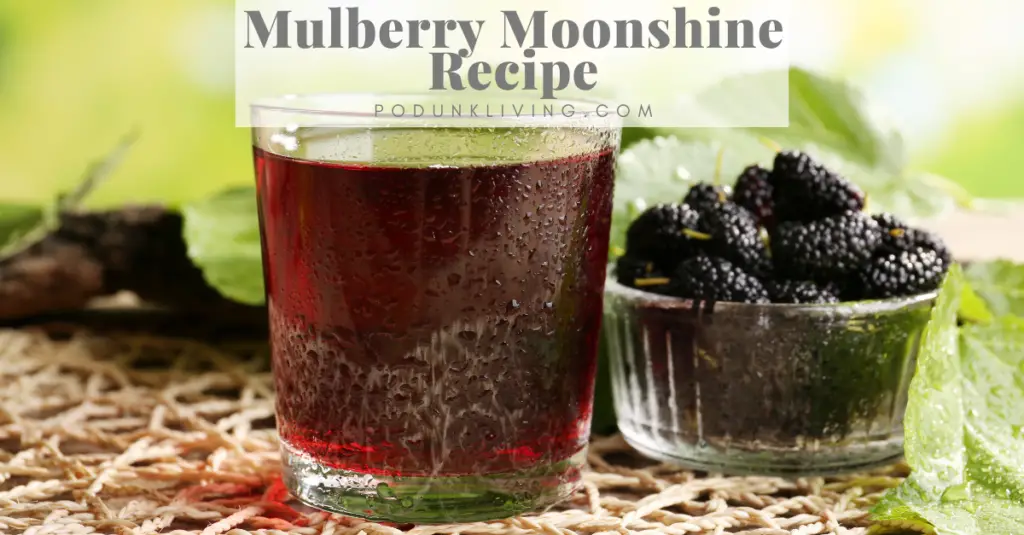Easy Tomato Wine Recipe
Did you know that you can make wine out of tomatoes? Tomato wine is a great way to utilize an over-abundant tomato garden! Just set it, and forget it, and you’ll enjoy a fermented adult beverage around New Year’s.
Tomato Wine Pairing
Tomato wine pairs well with spicy dishes like chili or tacos. The sweetness of the tomato wine will help to suppress the heat of the dish. Tomato wine tastes similar to white wine, and has a slight taste of fruit with hints of honey and a bit of zest. The sweetness of the tomato alcohol masks the taste of the alcohol.
Health Advantages of Tomato Wine
Tomatoes are a natural source of vitamins, minerals, antioxidants, and lycopene. Regular consumption of tomatoes has been found to have a variety of health benefits including cancer prevention, cardiovascular health, mental health, diabetes prevention, gut health, and skin health. Consumption of fermented tomatoes has been shown to further enhance the antioxidant activity and polyphenol activity of the tomatoes.
- Cancer prevention: One study showed a significantly lower risk of prostate cancer with regular consumption of tomatoes and tomato products. The 2018 review of this study found that individuals that consumed more tomatoes on a regular basis, had a lower the risk of prostate cancer. Another study found that daily consumption of tomato sauce for 3 weeks lowered PSA levels by 20%. Studies have been started (and are promising) on the effects of tomatoes on biomarkers of breast cancer in post menopausal women with a high risk for breast cancer.
- Cardiovascular health: Another randomized trial found that tomatoes reduced plasma cholesterol and triglycerides, while increasing high density lipoprotein (the good HDL cholesterol). Another study in patients with hypertension, found that patients that were treated with 250 mg of tomato extract had reduced systolic AND diastolic blood pressures significantly. The risk of developing cardiovascular disease is higher in individuals with elevated cholesterol or blood pressure. Maintaining normal blood pressure and cholesterol levels is suggested to reduce the risk of heart disease and stroke by up to 80%.
- Mental health and cognitive function are concerns of many elderly people and their family members. A 4 year long Nurses Health study found less cognitive decline in patients over 70 years old, that consumed higher levels of lycopene. Tomatoes are a great source of lycopene (1 mg – 9.5 mg per medium tomato), as well as pink grapefruit (3.5 mg per grapefruit), watermelon (7.2 mg per cup of watermelon), papaya (4.95 mg per medium papaya), guava (2.6 per medium guava), and other fruits.
- Diabetes prevention: A study in rats found a significant decrease in A1c (3 month blood glucose levels) with daily lycopene supplementation for 28 days. Another study in rats found that A1c level returned to normal after 10 days of lycopene administration. Further studies are needed for accurate human results for diabetes prevention.
- Gut health: A study in mice found that tomato powder supplementation significantly increased their gut microbiome. The diversity of the microbiome increased, as well as the richness. A healthy and diverse intestinal microbiome is essential for good overall health, while an imbalance of gut microbes can lead to a number of intestinal issues as well as other health issues.
- Skin health: Studies are showing increasing evidence that a diet rich in antioxidants (like tomatoes) may significantly influence skin diseases. Tomato seed oil is often used in anti-aging serums, sunscreens, and skin-lightening creams. Another study using a blend of tomatoes, green tea, and grapes has been shown to improve skin hydration and firmness while significantly reducing wrinkles, skin roughness, and hyperpigmentation.
Homemade Tomato Wine Ingredients
This tomato wine recipe is for 1 gallon of tomato wine, however, you can click on the 5x box for the 5 gallon tomato wine recipe version.
- Tomatoes: Use tomatoes fresh from the garden, because store-bought tomatoes contain preservatives that will prevent proper fermentation.
- Honey: Using honey technically makes this recipe a tomato mead recipe. However, the benefits of using honey instead of sugar are an added hint of wildflower taste, digestive benefits, and avoiding food treated with RoundUp (glyphosate). Sugar beets and sugar cane are sprayed with RoundUp, so substituting honey to make tomato wine is a great way to avoid added pesticides.
- Raisins will add body to the tomato wine, meaning that they increase the viscosity of the tomato brandy. This also allows the flavors to linger in the mouth longer, and also gives off a slight caramel taste. Adding raisins may also increase the sweetness of the drink (great for dessert alcohol).
- Lemon: Zest & lemon Juice from 1 big lemon
- Yeast and yeast nutrient: Champagne yeast, wine yeast, and brewers yeast will survive higher alcohol levels than bread yeast.
- Water: Additional water is needed to fill to 1 gallon. (The default size for the tomato wine recipe 1 gallon. You can also see the 5 gallon tomato wine recipe by clicking the 5x box below.) Be sure to use unchlorinated water, or allow the water to sit in an open container for the chlorine to evaporate (for those with water supplied from the city or community well).
- Acid blend: (optional) Different varieties of tomatoes have different acid levels. To ensure the proper acidity for fermentation, it is best to add an acid blend.
- Pectic Enzyme: (optional) Breaks down natural fruit pectin, preventing the wine from being thick and preventing haze in the final product.
- Tannin: (optional) Increase the bitterness and dryness taste of the moonshine or wine. A natural source of tannin includes green oak leaves and grape leaves.
- Campden tablet: (optional) Prevents spoiling and clears the wine.
Equipment Needed to Make Tomato Wine
- Primary fermenting bucket (Amazon affiliate link)
- 1 gallon carboy (Amazon affiliate link), 5 gallon carboy, or glass jar with fermenting airlock lid (Amazon Affiliate Link)
- Siphon (Amazon affiliate link)
- Flip top bottles (Amazon affiliate link), this is not needed until after 5-6 weeks of fermenting
How to Make Tomato Moonshine
- The first step in making tomato wine is to dilute the honey in about half gallon of water. Warm up the water to almost boiling, turn off the heat, add the honey and stir. Let the mixture cool.
- While the water is heating up, mash or food process the tomatoes. Dump the pulp into the primary fermenter (or into a mesh bag in the primary fermenter for easy removal later).
- Thinly grate the yellow of two lemons, juice the lemons, and add the juice and zest (gratings) to the primary fermenting bucket.
- Add raisins to the primary fermenter.
- Once the diluted honey has cooled to below 90 degrees Farenheit, add the diluted honey to the primary fermenter.
- Add enough water to top off to 1 gallon.
- Mix the ingredients, and cover with airlock and ferment for 21 days. Stir or shake daily.
- After 21 days, rack into a new carboy using the siphon. Leave the sediment and raisins behind in the primary fermenter.
- Cover with airlock and ferment for another 30 days.
- On day 52, if the wine is clear you can bottle it. If the wine is cloudy and has sediment, rack it into another carboy (leaving behind the debris) and wait for another 30 days. Repeat this process until the tomato wine is clear, and then bottle it.
- The wine tastes best after about 6 months of aging in the bottle.
Substitute Tomato Wine Ingredient Options
- Canned tomato wine recipe: You can use canned tomatoes, either store bought or home canned. Just be sure to use the optional acid blend, campden tablet, and pectic enzyme. The canning process likely killed the natural yeasts, and will prevent proper fermentation.
- Tomato wine recipe from juice: You can also use tomato juice, just be sure to use the optional acid blend, campden tablet, and pectic enzyme.
- Green tomato wine: Green tomato wine is a bit dryer wine, and has more of a chardonnay taste than ripe red tomatoes. Harvesting green tomatoes just before a frost is a great way to use up that last of the harvest. Just replace the red tomatoes with green, and add per gallon optional ginger root (1/2 ounce) and 6 whole cloves, or add 1 cup of fresh basil leaves, or 1/3 cup of dried basil.
Tomato Wine Recipe Tips
Use fruit from the garden! Store-bought fruit has preservatives, which will prevent the wine from fermenting.

Best Tomato Wine Recipe
Equipment
Ingredients
- 4 pounds ripe red tomatoes (about 10 cups, or about 12 medium sized tomatoes)
- 1 cup raisins (about 3¾ cups)
- 1 large lemon
- 2 pounds Honey (about 2⅔ cups)
- 1 gallon Water (unchlorinated)
- 1 Packet Wine yeast (or 1/2 tsp)
- 1 tsp Yeast nutrient
- 1 tsp Pectic enzyme (optional)
- 1 Campden tablet (optional)
- 2 tsp Acid blend (optional)
Instructions
- The first step in making tomato wine is to dilute the honey in about half gallon of water. Warm up the water to almost boiling, turn off the heat, add the honey and stir. Let the mixture cool.2 pounds Honey, 1 gallon Water
- While the water is heating up, mash or food process the tomatoes. Dump the pulp into the primary fermenter (or into a mesh bag in the primary fermenter for easy removal later).4 pounds ripe red tomatoes
- Thinly grate the yellow of two lemons, juice the lemons, and add the juice and zest (gratings) to the primary fermenting bucket.1 large lemon
- Add raisins to the primary fermenter.1 cup raisins
- Once the diluted honey has cooled to below 90 degrees Farenheit, add the diluted honey to the primary fermenter.2 pounds Honey
- Add enough water to top off to 1 gallon.1 gallon Water
- (Optional) Crush Campden tablet and add it to the primary fermenter with acid blend. Stir and cover for 12 hours. If you are using garden fresh heirloom tomatoes with natural high levels of acids, this step can be skipped. If using store-bought tomatoes or hybrid tomatoes, acid blend and Campden tablet should be added.1 Campden tablet, 2 tsp Acid blend
- (Optional) After waiting 12 hours after adding acid blend and crushed Campden tablet, you can now add pectic enzyme and yeast nutrient to the primary fermeter. Stir and cover for an additional 12 hours. This step can also be skipped if you are using garden fresh heirloom tomatoes with natural high levels of acids, this step can be skipped. If using store-bought tomatoes or hybrid tomatoes, pectic acid should be added.1 tsp Pectic enzyme, 1 tsp Yeast nutrient
- Add the wine yeast (and yeast nutrient if skipping previous steps). (Make sure to wait the proper amount of time after adding the chemicals, to prevent the acids from killing the yeast.)1 Packet Wine yeast, 1 tsp Yeast nutrient
- Mix the ingredients, and cover with airlock and ferment for 21 days. Stir or shake daily.
- After 21 days, rack into a new carboy using the siphon. Leave the sediment and raisins behind in the primary fermenter.
- Cover with airlock and ferment for another 30 days.
- On day 52, if the wine is clear you can bottle it. If the wine is cloudy and has sediment, rack it into another carboy (leaving behind the debris) and wait for another 30 days. Repeat this process until the tomato wine is clear, and then bottle it.
- The wine tastes best after about 6 months of aging in the bottle.









